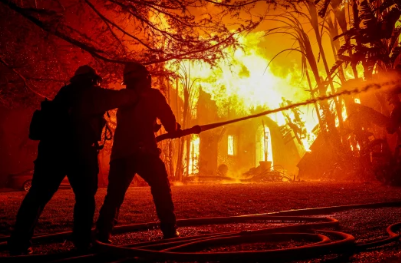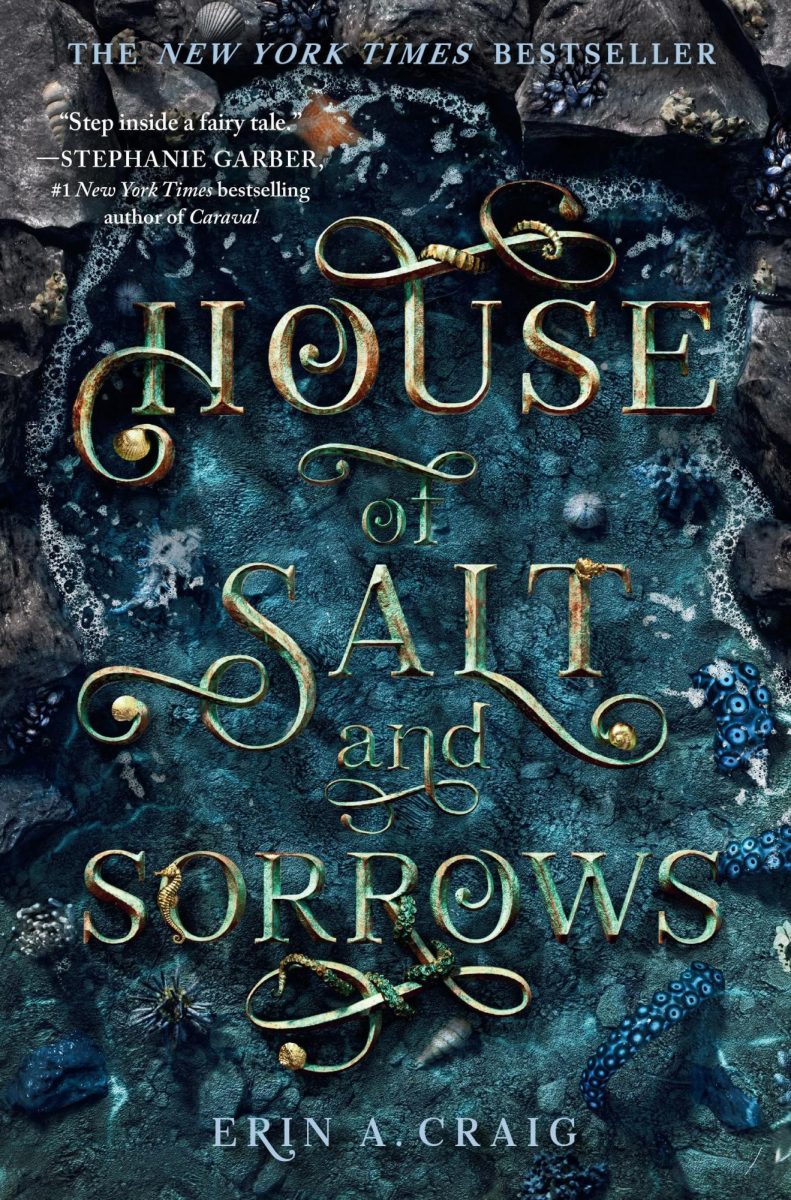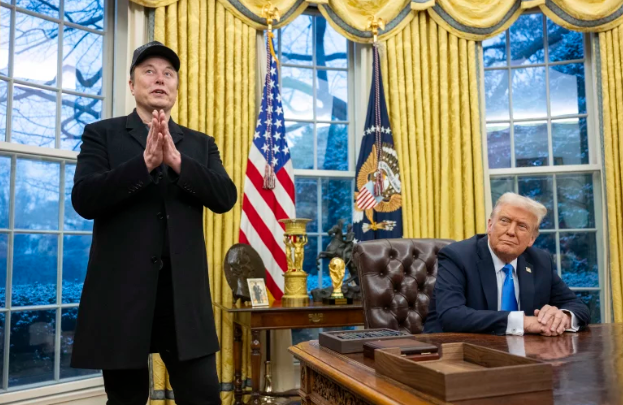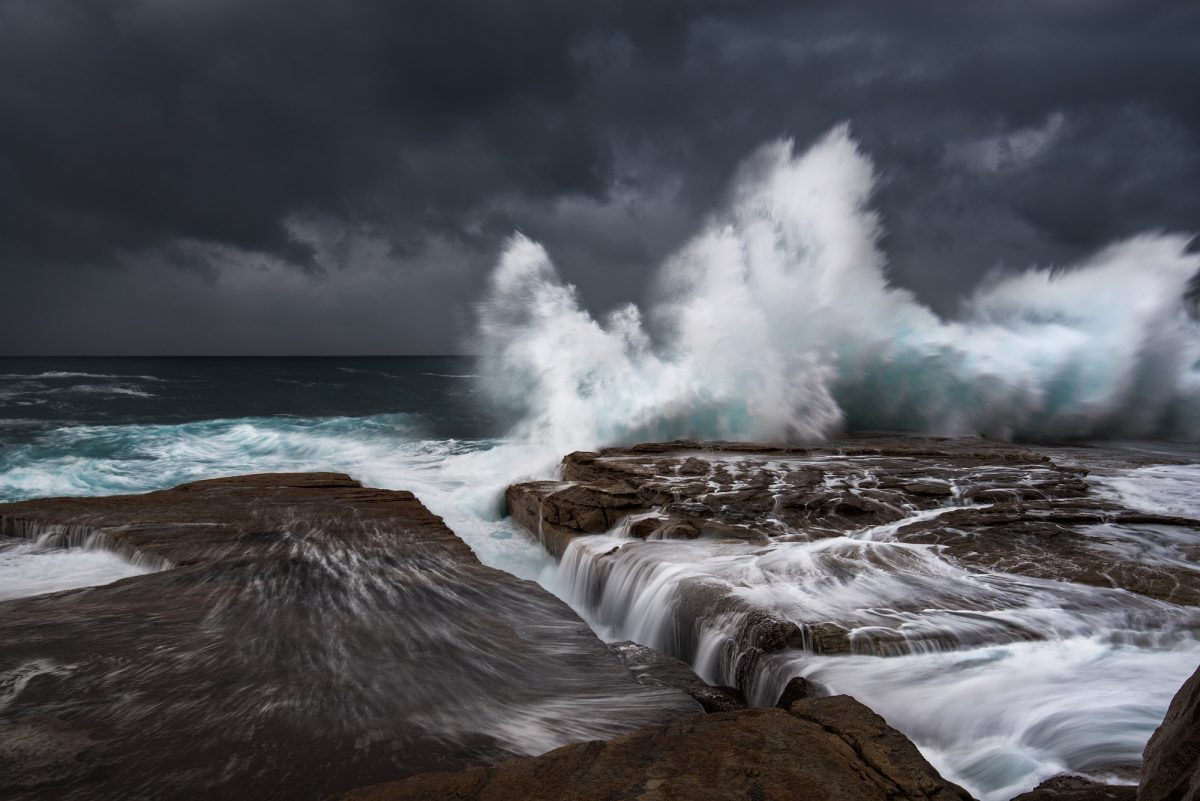The 1918 Flu Pandemic
April 24, 2020
Worldwide, many people are currently quarantining themselves at home due to the COVID-19 pandemic. Schools, churches, and non-essential businesses have been ordered to shut down. People are required to now wear a mask if you have to enter any public spaces. We are currently living through a history-altering event that will surely be in the textbooks in years to come. During this time, I have taken it upon myself to research another pandemic that is already in our history books, one that took place about 100 years ago.
The 1918 Flu pandemic is better known as the “Spanish Flu” but this was actually a widely incorrect name for the disease. This strain of the flu has many origin theories, one being an early case reported at a military camp in Kansas. Others believe the flu could have even started in the trenches of the French military during World War I. But the bottom line is, this flu likely did not originate in Spain. There was a widespread misconception that Spain was being hit the hardest by the disease, giving it its name, but this was also very untrue. Allied officials did not report cases of the flu accurately out of fear it would lower morale during the war efforts. Since Spain was neutral, it accurately reported cases of the flu, which eventually led to it being referred to as the “Spanish Flu.” These accurate reports, and the fact that the king of Spain caught the flu himself, led to a worldwide misconception that the flu was just simply worse in Spain. But, that is simply not true.
The flu is a disease we still experience today and it is very common. Most people have had some strain of the flu during their lifetime, or have experienced flu-like symptoms at the very least. This flu, however, was like no other strain seen before and no one had any immunity to it. This strain appeared to be an H1N1 virus, an influenza subtype. It likely originated in birds and eventually was transmitted to humans. This strain was especially bad because it affected many healthy, young people. With the help of modern science, we now know that it caused what is called a “cytokine storm”. This is basically an extreme overreaction of the immune system, making the infected person very weak. This meant people with the most ideal immune systems were still in great danger and were highly susceptible to enduring the worst of the virus.
The United States made efforts to practice isolation in order to contain the spread of the virus. However, regulations and control were not distributed evenly, and not every city acted with urgency. Philadelphia, for example, held a city-wide parade during this pandemic, where 200,000 people attended. St. Louis, on the other hand, ordered a quarantine for anyone experiencing symptoms just two days after they experienced their first case and they shut down public spaces. This resulted in St. Louis having fewer cases and fewer deaths than Philadelphia by almost half. Most cities did react efficiently though, including New York City which cut down the infection rates. Currently, we are “social distancing” which is not what it was referred to in 1918, but it was the same concept.
There were many other reasons why this pandemic hit the world so hard. It was prominent during World War I and was easily spread from soldier to soldier, who would eventually bring it home to their families when the war ended. Misinformation was also easily spread, with lots of people, and even companies, claiming to have flu remedies. There was no flu vaccine yet and no antibiotics. To put it in perspective, this pandemic was ten years before penicillin was invented.
Today, though we do not have a vaccine yet for the novel coronavirus. We have numerous antibiotics and methods of supportive care. Medical professionals are working hard to treat those hospitalized and a vaccine is hopefully on its way soon. About 35 different companies are now trying to formulate a vaccination. We have come along way since the 1918 flu pandemic and our knowledge in the medical field has expanded greatly. American society specifically has evolved a ton since the 1918 influenza outbreak and we continue to evolve each day during this current pandemic. We are a strong nation, and preventing the spread of the coronavirus is now in the hands of the everyday person. We will get through this pandemic by staying informed, and staying home.
If you want to learn more about the 1918 flu pandemic, I recommend watching the following video https://www.youtube.com/watch?v=clCEKqsNrM8






























